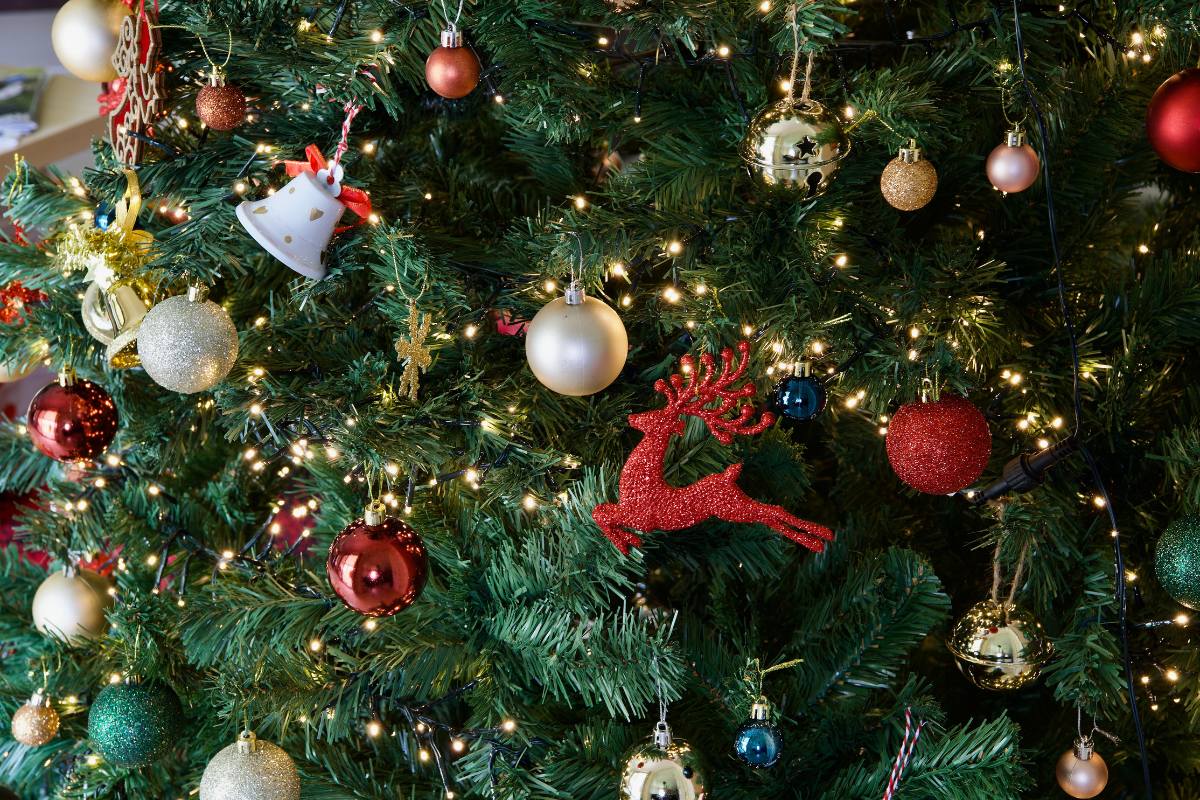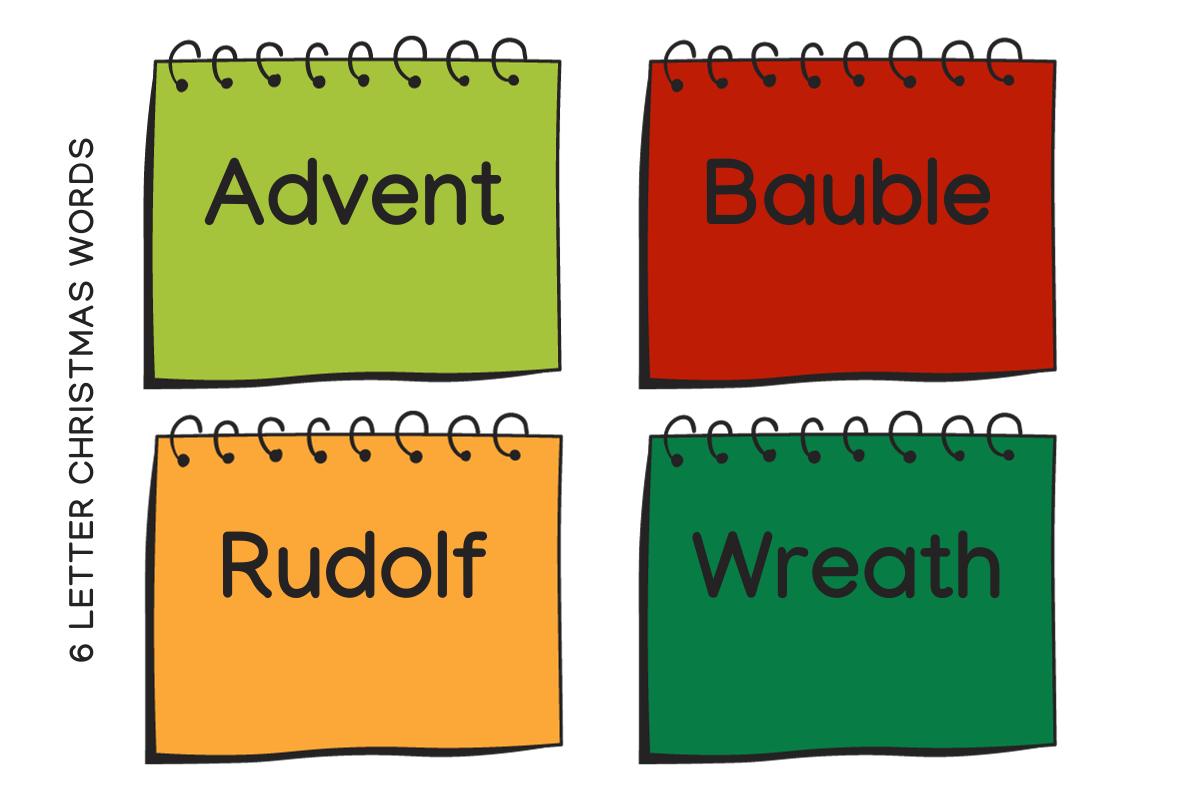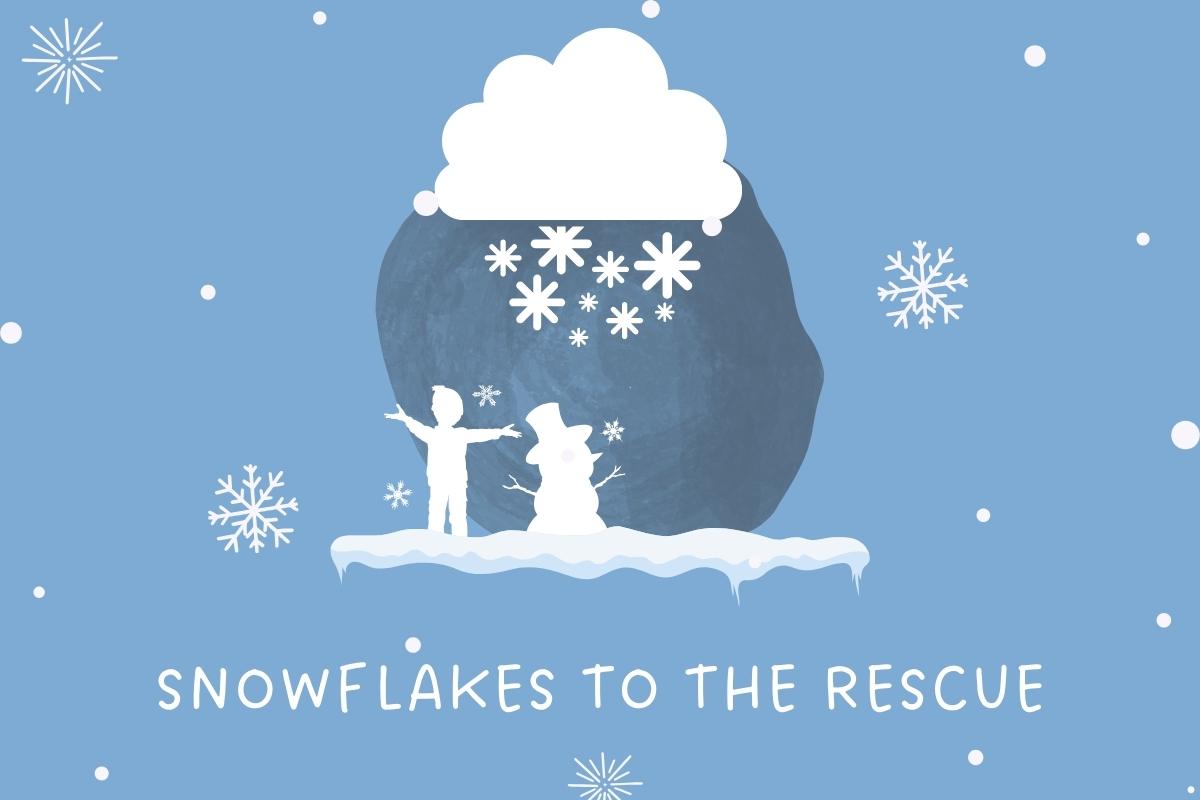Santa’s Christmas
Magic Sparkle
Why Do We Put Christmas Lights Up
Like many people, I put up Christmas lights right after Thanksgiving because this is when the holiday season begins for me. I hang Christmas lights because they brighten the winter nights and add to the holiday feel. But there is more to learn about lighting up the darkness with Christmas lights, past and present. Origins of Christmas Lights Like many Christmas traditions, the Christmas light tradition began in Germany, where candles were traditionally used to lighten the Christmas trees. The candles were attached to branches with pins or melted wax. By the 17th Century, European Christians placed burning candles in their windows to indicate places of worship. This tradition eventually spread to America and other parts of the world. Holiday Yule Let’s jump even further in history. Ancient cultures celebrated the shortest day of the year, the winter solstice. They would light candles and bonfires to symbolize the return of the sun and to ward off the darkness of winter. The holiday of Yule, celebrated by Germanic peoples, involved lighting a Yule log to honor the returning sun. Over time, …
Can You Leave Christmas Lights on All Night
You can leave Christmas lights on all night, but not necessarily recommended. Traditional incandescent Christmas lights can generate significant heat when left on for longer periods. This heat can pose a potential fire hazard, especially if the lights are close to flammable materials such as curtains, dried-out Christmas trees, or paper ornaments. It is important to regularly check the condition of the lights, avoid overloading circuits, and consider using LED lights, which are cooler and more energy-efficient, to ensure a safe and merry holiday season. The Potential Dangers of Unattended Lighting Unattended Christmas lights can pose several risks if not monitored properly. The most significant concern is the fire hazard. Traditional incandescent bulbs can generate heat, and if they are close to flammable materials like curtains or paper decorations, there is a potential risk of fire. Electrical malfunctions are also a common issue. Over time, or due to manufacturing defects, the wiring in the strings of the lights can become damaged, which can lead to short circuits. This risks electrocution. Overloading circuits is another danger. Plugging too many lights into …
Christmas Village Lights for Any Display
The kind of lights you use for your Christmas village depends on your setup and the feel you want to achieve. Here are some types of Christmas village lights you might consider: The most common Christmas village lights are miniature string lights. These are tiny LED lights on a thin wire, often called fairy lights. They can be woven around your village to give a twinkling effect. If you do not like cords, consider battery-operated LED lights. The advantage of using cordless lights is that you can place them individually inside houses or other village structures. I find them great because I don’t have to connect the lights to any power source, which gives me more flexibility in placement. No Christmas village is complete without street lamp posts. Street lights can be strategically placed throughout your village to give it a more authentic feel. If you like Christmas village trees with lights, I recommend these twinkling lit trees with built-in lights. You can mix them with your other trees to add to the festive atmosphere. Christmas Village Street Lights These …
Wonderland Style
FAQ: Replanting a Christmas Tree
What Does Replanting Mean? To replant a Christmas tree means taking a tree that was cut down for Christmas and putting it back into the ground so it can keep growing. This is a nice way to help nature and keep your tree alive even after Christmas. Can You Replant Every Christmas Tree? Not every Christmas tree can be replanted. To replant a tree, it needs to have its roots. Most Christmas trees are cut down and don’t have roots anymore. But if you have a Christmas tree with its roots still in a big pot or wrapped in burlap (a kind of rough cloth), then yes, you can replant it! How Can I Replant a Christmas Tree? Replanting a Christmas tree is a fun and important task to help nature. Here’s how you can do it in a way that’s easy to understand: First, Find a Sunny Spot: Your tree will be very happy in a place where it can get lots of sunshine. Make sure there’s enough room for the tree to grow big and tall. Next, Dig …
Christmas Ornament Calculator With Instant Anwers
How Many Ornaments for a 7 Foot Tree A Christmas tree with too many ornaments can make it too busy, and not using enough Christmas tree ornaments may just leave the tree looking bland. I have been decorating Christmas trees for years, and I would say that I now know the right amount of ornaments. Generally, I recommend using 29 ornaments per foot of tree height for trees that are 5 ft. wide. Then, for other widths of the same height, I can size up or down by adding or subtracting 40 ornaments per foot. So, a 7 x 5 feet tree should have around 203 ornaments, but a 7 x 4 feet needs only 163 ornaments. Similarly, a 6 x 5 ft. needs 174 ornaments, but for a 6 x 6 ft. you need about 214 ornaments. The chart below shows the number of ornaments for the average-sized Christmas trees: Tree Height in Feet Tree Width in Feet Light Coverage Heavy Coverage 2 1.5 15 20 3 2.3 35 45 4 2.5 50 63 5 3.6 90 114 6 …
Snow Globes: From Christmas Classics to Trendy Tumblers
Snow globes? Think of them as mini adventures right in your palm! Each one tells its own little story, making your space a tad more magical, not only during the festive season. While they are a hit during Christmas, there is no rule against having them out all year. They are fun, quirky, and can spark a conversation. Plus, if you are ever in a gift-giving bind, they are a pretty neat solution. Dive in and explore some of my favorites below! Christmas Snow Globe If you like a classic Christmas song, this snow globe would be ideal for you. All the elements of its design point towards Christmas. From the Santa Claus figurine to the snowman, gift, gift bag, and Christmas tree, it’s all Christmas with this globe. The snow globe plays the “Have Yourself A Merry Little Christmas” song. The tune brought all the Christmas nostalgia I hadn’t felt in ages. So, if you want to experience all the Christmas sentiments you haven’t felt in ages, this should do it. Snow Globe Candle The design of this snow …
Festive Fun
80+ 3 Letter Christmas Words
Three-letter Christmas words can be handy for a variety of festive activities, like creating a Christmas-themed crossword puzzle or playing a holiday word game like Scrabble or Wordle. These short Christmas words are also great for educational purposes, such as teaching young children about Christmas through simple spelling exercises. If you notice any word that should be on this 3 letter Christmas words list but isn’t, please don’t hesitate to contact me so I can add it to the collection. 80+ Christmas Words With 3 Letters Crafting a short paragraph using three-letter Christmas words can be a fun and creative exercise. Here’s an example: Once upon a Christmas, a boy named Tim saw a big red box under a fir tree. It was a toy! Tim was so happy. He ran to his mom and dad to show his new toy. They all had fun playing with it. The sky was lit up with ice and snow. They made hot tea and sat by the fir tree. The tea was yum! Tim felt joy and love. He gave his mom …
40 Christmas Story Ideas & Prompts
Christmas stories are fun to read and write! They bring the magic of Christmas into stories for kids and adults. Writing a Christmas story can make the reader believe in a world of snow, elves, and flying reindeer. Writing these stories lets you use your imagination and create Christmas adventure ideas to celebrate the holiday season in a special way. 40 Christmas Story Starters and Christmas Prompts Magical Christmas Adventures Christmas Mysteries Heartwarming Christmas Tales Funny Christmas Escapades Tips for Writing Christmas Stories Use Simple Language When writing Christmas stories, especially for children, use simple and easy-to-understand language. This helps young readers to follow the story easily and enjoy it more. You don’t need complicated words to make a story interesting. Simple language can often tell the most heartwarming stories. Remember, your aim is to convey the magic and joy of the Christmas holidays, so the clearer your story, the better it will be received. Be Imaginative Christmas is a time of wonder and magic, so let your imagination run wild! Think about magical snowflakes, talking animals, and adventures in …
100 6 Letter Christmas Words
In this list of 6 letter Christmas words, you will find words like “Jingle”, “Tinsel,” and “Mistle”. These words are great for making Christmas games like word searches or crosswords. They are also handy for making pretty Christmas cards and invitations. If you like writing stories or poems, these words can help make your writing feel more like Christmas. Did I forget any Christmas words with six letters? Please let me know, and I will add them to the list. Related posts: 20 Fun Christmas Date Ideas 17 Fun Things to Do on Christmas Eve Best Christmas Games to Play With 3 People
Snowy Stories
Holiday Rituals
What Are Christmas Crackers?
A Christmas cracker looks like a large candy, wrapped in colorful paper, but it isn’t edible. It makes a “pop” sound when two people pull on each end, and it opens up to show small gifts, a joke, and a paper hat inside. Christmas crackers are primarily a Christmas tradition in the UK, but they are also available in the USA and other parts of the world. Christmas Cracker Invention The history of the Christmas cracker is as fascinating as the item itself. Tom Smith, a sweet maker from London, is credited with its invention around 1845-1850. Inspired by the French ‘bon bon’ sweets, he introduced a similar concept in England. My grandmother often regaled us with tales of how Tom, sitting by his fireplace, he was inspired by the sparks and cracks of the fire, which leaded him to the creation of the cracker’s signature “pop”. Inside a Christmas Crackers Traditionally, Christmas crackers come with a paper crown, a small joke or riddle, and a tiny present inside. The Christmas cracker toys are small and inexpensive trinkets such as …
Acorn Meaning: From Symbolism to Christmas Decorations
The meaning of an acorn is often associated with strength, potential, and growth, and are seen as symbols of good luck. They come from oak trees, which many cultures view as special. The acorn stands for strength, wisdom, and potential. It means that small things can grow into big things, like a tiny acorn becoming a big oak tree. I like to hang acorn ornaments on my Christmas trees to bring luck. The History of Acron Good Luck Charms In ancient times, the Druids from Celtic culture believed the oak tree was very special and called it the “King of Trees.” Because acorns come from oak trees, they thought acorns had strong and magical qualities. They even ate acorns, hoping to gain wisdom. In old English stories, witches used acorns as secret signs to recognize and safely meet each other in the woods. So, for a long time, people have seen acorns as symbols of good luck and protection. The Meaning of an Acorn Acorns have been seen as special symbols for a very long time because of their deep …
What Do Santa and His Reindeer Eat and Drink
Santa’s favorite food is milk and cookies. Santa’s reindeer like to eat carrots, which many children leave out for them on Christmas Eve. These treats provide the reindeer with energy for their long journey around the world. What Does Santa Eat? Santa Claus has a big job on Christmas. He travels all around the world, delivering presents to children. With such a busy night, he needs lots of energy to keep going. In many homes across the globe, children prepare a plate of milk and sugar cookies for Santa on Christmas Eve. These aren’t just any snacks; they are Santa’s absolute favorite! But if every household leaves at least one cookie for Santa, how many cookies does he eat? If Santa were to eat one cookie from each of the millions of households that leave them out on Christmas Eve, he would consume several million cookies in one night. Yes, Santa has a sweet tooth, but he likes more than just cookies and chocolate. In many countries, it is a tradition to leave a warm mince pie for Santa. This …

About Us
Welcome to Santa’s Christmas.
My name is Carolin, and I am all about Christmas! I share information about my Christmas decorations, Christmas lights, activities, markets, and much more.














